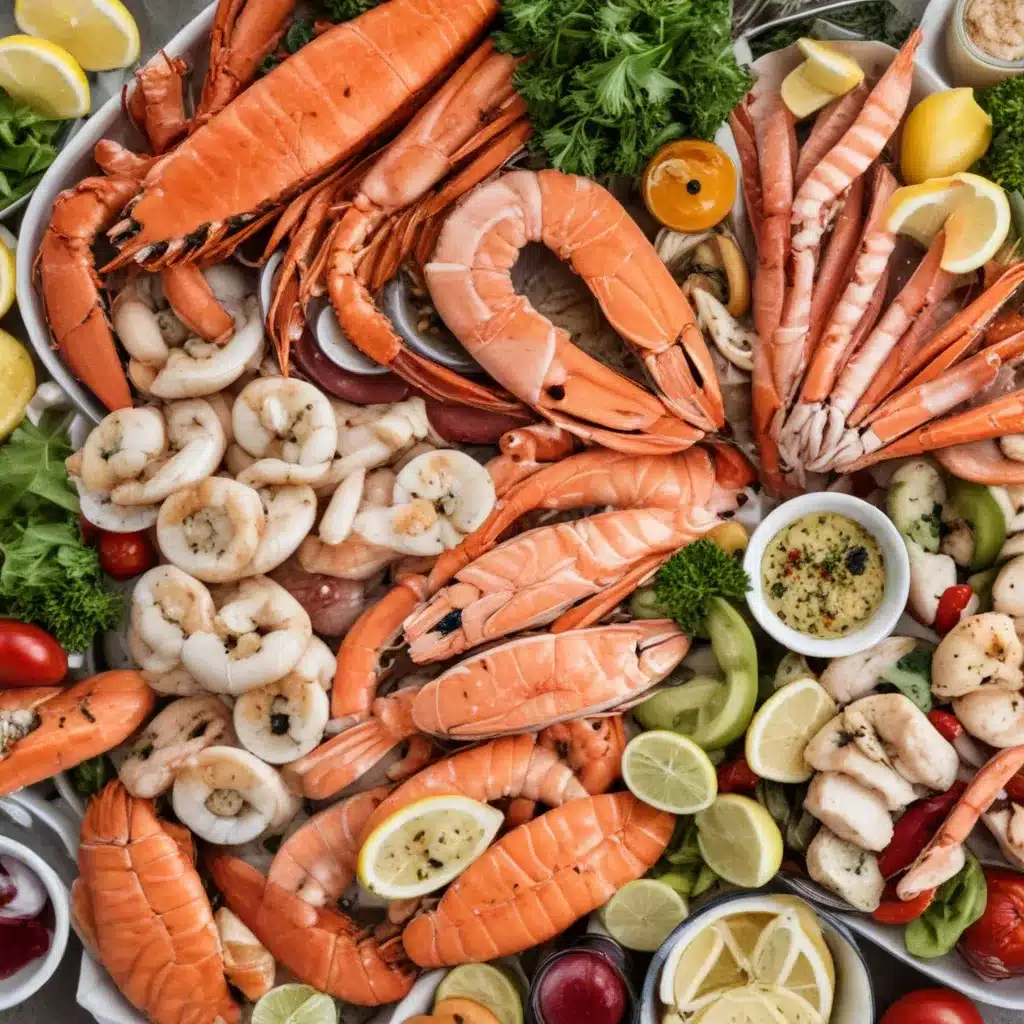
From tender cod fillets to succulent shrimp, seafood offers a wealth of delicious and nutritious options for families. However, consuming undercooked or mishandled seafood can pose serious health risks, potentially leading to foodborne illnesses that send thousands of Americans to the hospital each year. As a seafood dining expert writing for Fish Tales Cafe, I’m here to provide you with essential guidance on ensuring the safety of your loved ones when enjoying the bounty of the sea.
Common Foodborne Illnesses Associated with Seafood
Foodborne illnesses can be caused by a variety of pathogens, including bacteria, viruses, and parasites that may be present in seafood. Some of the most common seafood-related illnesses include Salmonella, Vibrio, Listeria, and norovirus. These can lead to symptoms such as nausea, vomiting, diarrhea, abdominal cramps, and in severe cases, hospitalization or even long-term health complications.
Symptoms and Risk Factors of Seafood-Related Illnesses
Symptoms of seafood-borne illnesses can range from mild to severe, depending on the specific pathogen, the amount consumed, and the individual’s immune system. Groups at higher risk include pregnant women, young children, older adults, and those with compromised immune systems. It’s crucial to be aware of the warning signs, which may include fever, chills, headaches, and body aches, in addition to the gastrointestinal symptoms mentioned earlier.
Preventive Measures for Seafood Consumption
Safeguarding your family’s health starts with implementing proper food safety practices. Always remember to clean your hands, surfaces, and utensils thoroughly before handling seafood. Separate raw seafood from other food items to prevent cross-contamination. Cook seafood to the recommended minimum internal temperatures, typically 145°F for fish and 165°F for shellfish, to eliminate any harmful bacteria. And finally, chill perishable seafood by promptly refrigerating or freezing it, and avoid leaving it in the “danger zone” temperature range between 40°F and 140°F, where bacteria can multiply rapidly.
Proper Seafood Handling and Storage
When selecting seafood, look for items that are fresh, odor-free, and free of discoloration or signs of spoilage. Avoid purchasing pre-cooked seafood that has been left out for an extended period. At home, store raw seafood in the coldest part of your refrigerator, typically the bottom shelf, and consume it within the recommended timeframe, which is typically 1-2 days for fresh fish and 3-4 days for cooked seafood. When it comes to preparation, be sure to thoroughly clean all surfaces and utensils that have come into contact with raw seafood, and consider using separate cutting boards for seafood and other food items.
Vulnerable Populations and Seafood Safety
Certain segments of the population, such as pregnant women, young children, and individuals with weakened immune systems, may be at a higher risk for developing severe complications from foodborne illnesses. For these groups, it’s crucial to exercise extra caution when consuming seafood. Pregnant women should avoid raw or undercooked seafood, as well as fish high in mercury, like swordfish and tilefish. Children and those with compromised immune systems should also steer clear of raw or undercooked seafood and opt for thoroughly cooked options instead.
Regulatory Agencies and Seafood Safety Standards
In the United States, the U.S. Food and Drug Administration (FDA) and the U.S. Department of Agriculture (USDA) play a critical role in ensuring the safety of the seafood supply. These agencies establish safety standards, conduct inspections, and issue recalls for contaminated products. Consumers can stay informed by checking for FDA seafood advisories and USDA food safety guidelines to make informed decisions about their seafood choices.
Emerging Seafood Safety Concerns
In addition to traditional food safety challenges, new issues are emerging that impact the safety of seafood. Climate change, for instance, can lead to the increased presence of harmful algal blooms and the spread of pathogens that thrive in warmer waters, putting seafood consumers at risk. Additionally, seafood fraud, wherein seafood is mislabeled or substituted, can expose consumers to unexpected allergens or toxins. By staying informed and supporting sustainable seafood choices, we can help mitigate these emerging threats and ensure the continued safety and integrity of our seafood supply.
Educating Families on Seafood Safety
Empowering families with knowledge is key to promoting seafood safety. At Fish Tales Cafe, we believe that educating consumers on proper handling, storage, and preparation techniques can go a long way in preventing foodborne illnesses. Share these tips with your loved ones, and encourage them to become active participants in ensuring the safety of their seafood meals. Remember, a little caution can go a long way in protecting your family’s health and allowing you to fully enjoy the many benefits that seafood has to offer.
Seafood Safety in the Food Service Industry
Restaurants and catering establishments play a vital role in ensuring the safety of seafood for consumers. These establishments must adhere to stringent regulations and follow best practices to prevent the spread of foodborne illnesses. This includes maintaining proper temperature controls, implementing robust cleaning and sanitization protocols, and providing comprehensive training for staff on safe seafood handling procedures. By working closely with their suppliers and following industry guidelines, food service professionals can help safeguard the health and well-being of their patrons.
By following these seafood safety guidelines, you can feel confident in serving your family the delicious and nutritious seafood they love, while also protecting them from the risks of foodborne illness. For more information and resources on seafood safety, visit Fish Tales Cafe or consult with your local health authorities. Bon appétit, and enjoy the seafood delights in a safe and responsible manner!

